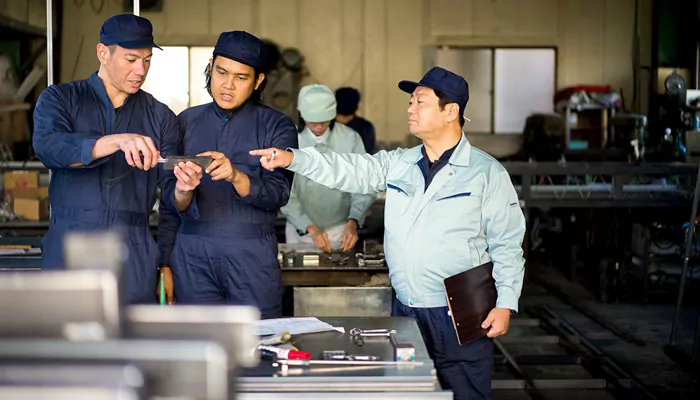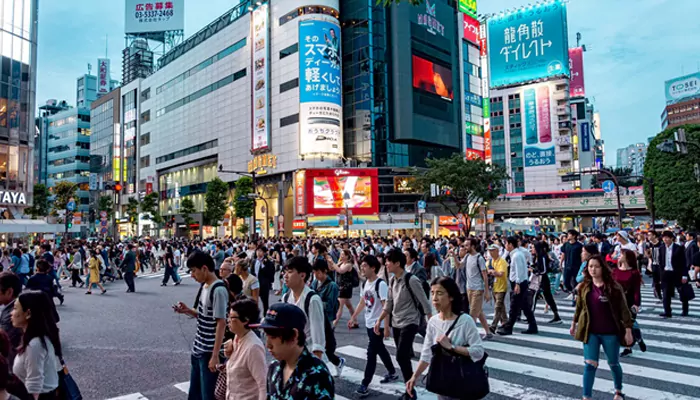Prince Hisahito Turns 18 Amidst a Nation in Flux: How Japan is Confronting an Ageing Crisis That's Reshaping Its Future
- Devyani
- 1 year ago
- 4 minutes read

Son of Crown Prince Akishino, Prince Husahito has joined the Imperial family as an adult by turning 18. As reported by the Japan Times, this marks the first time that a male member of the family touched adulthood in 39 years. With this, the royal family which has governed the country for more than a millennium, reached a major milestone. The family faces the same dreading problem as the rest of Japan- a briskly aging and dwindling population.
According to the latest national statistical data, Japan is aging rapidly, with more than 10% of its citizens now aged 80 or over. About 36.23 million people, which is nearly one-third of the population of the country, are aged over 65. Japan remains the first-oldest country of the world, with a considerably higher proportion of people who are aged above 65, as compared to Italy which is the second-oldest country globally.
Impact of the Aging Population on Japan
This global shift of an aging population is already having a huge impact on government policies. It is largely reshaping societies and economies globally. However, Japan’s aging has a pronounced effect on this country.
Economy

The International Monetary Fund in 2020 had notified Japan that its aging and declining population would heavily influence and put pressure on public finances. The spending on healthcare and pensions would increase, with a diminishing tax base. Nevertheless, Japan’s GDP growth has been satisfactory in recent years as Deloitte has pointed out that the country is continuing to acquire economic gains, remaining the second-largest economy among G7 nations with a GDP of around $4.2 trillion. However, in January 2023, Prime Minister Fumio Kishida highlighted the critical challenges Japan faces, stating that the country is at a crossroads in its ability to function as a society, grappling with both declining birth rates and a growing elderly population.
Productivity

According to a recent study, right now Japan is experiencing a labor shortage, and it is expected to reach a deficit of 11 million workers by 2040. To tackle this, the Guideline of Measures for an Aging Society was introduced by Japan in 2018. It aims to encourage older individuals to sustain themselves in the workforce. Almost half of Japan’s companies were employing workers aged over 70 by 2022. Contrary to this, as highlighted by the World Economic Forum’s Futur of Jobs Report 2023, only 35% of companies globally prioritize hiring employees aged over 55. According to the Japan Times, addressing this growing challenge, Prime Minister Kishide pledged $7.6 billion earlier in 2023 to train workers for high-skilled jobs over the next five years. Experts however argue that if strict immigration policies are not eased, getting to grips with the labour gap would be a slow and tough process.
Society

According to Reuters, Japan’s birth rate dipped to an all-time low, with a fertility rate of 1.2565, which is considerably lower than the 2.07 rate needed to perpetuate a stable population in the country. There was a significant decline in marriage and birth, and an increased rate of deaths during the COVID-19 pandemic, which worsened Japan’s demographic situation. Japan’s social security system, which is under pressure as it tries to support a growing retired population with a dwindling workforce, is undergoing a serious challenge as posed by this direction.
Health

Healthcare is becoming a vital concern as Japan’s aging population is rising. By encouraging patient-requested services, self-medication, and remote monitoring in the comfort of their patients’ homes, the Japanese government is promoting a shift from hospital-based treatment to home-based care to address the issue with healthcare in the country. Car robots, or ‘Car-bots’ are also been experimented on by Japan for years to assist the elderly. However, as initially expected, automating elderly care is not an exhaustive solution.












